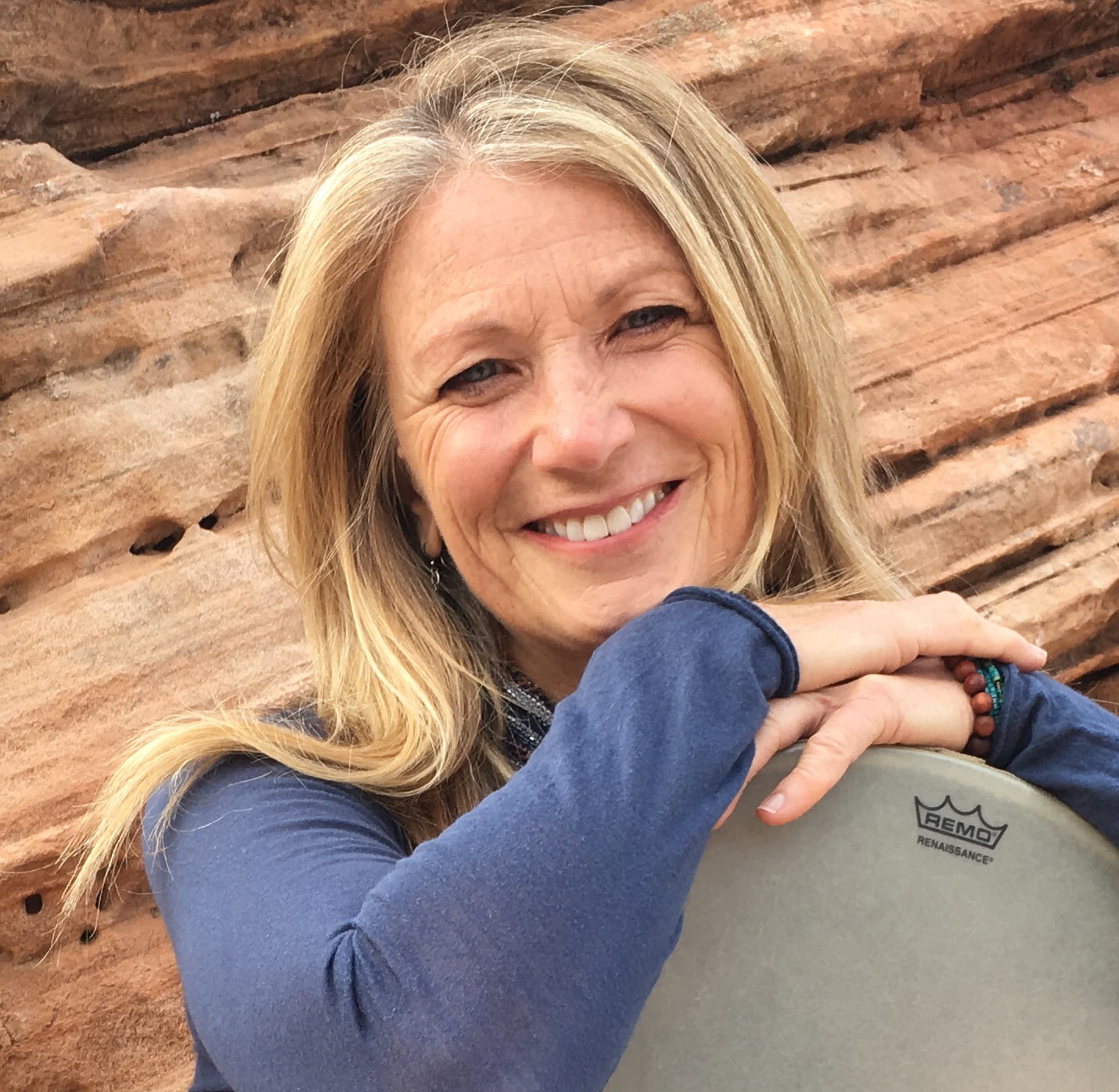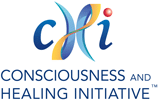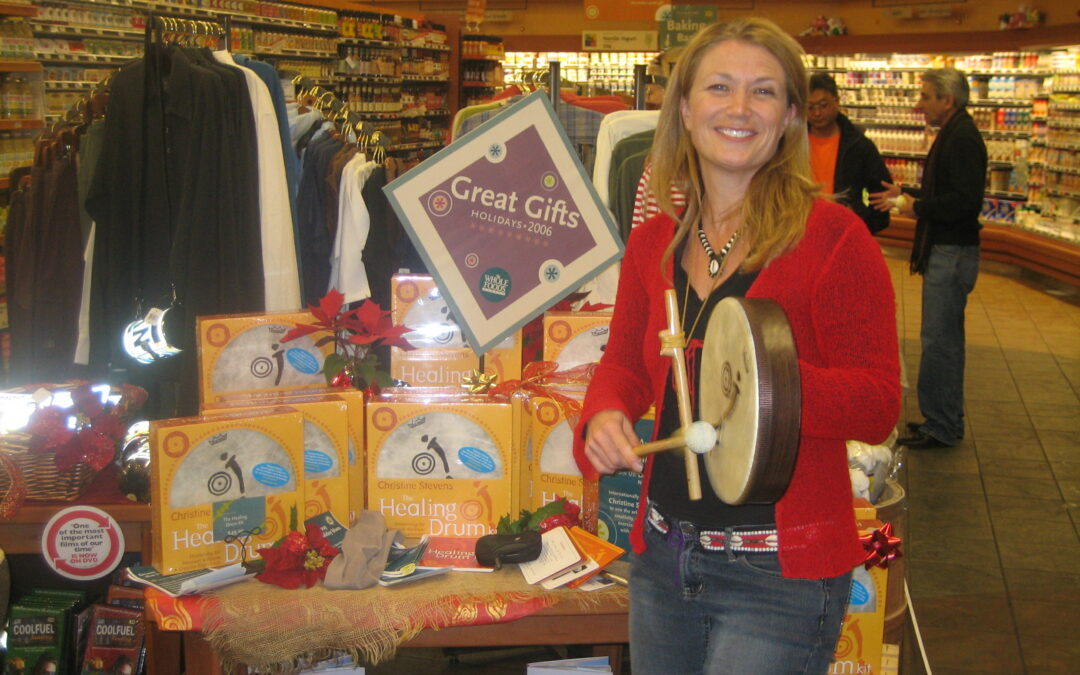Should Drums be Sold in Pharmacies?
You’ve got that run-down feeling and a scratchy throat, like you’re catching a cold. On a quest for an affordable product to help you avoid that looming cold, you head to your local drugstore. Amidst the aisles of pills promising to cure your cold, there are new campaigns and marketing slogans about “good living.” These messages and new products are part of the growing wellness and preventive health movement, which emphasize maintaining a healthy lifestyle. But a product that has been shown to contribute to a healthy lifestyle and even boost the immune system is missing from modern-day drugstores. That product is the drum.
Since the ground-breaking research funded by Remo, Inc. demonstrating immune-system enhancement after one hour of group drumming, the idea of drums being sold in pharmacies has become more of a possibility (Bittman, et al, Alternative Therapy, January, 2001). The medical community and music therapists are not waiting for this to happen in order to apply this paradigm to their practices. And neither is much of society, for whom regular participation in community drum circles is seen as creative fitness and stress-reduction workouts.
From the drum circle craze to the medical application of group drumming, there has seen a remarkable amount of press in mainstream magazines regarding the health benefits of music-making using percussion.
Musical Instruments as Medical Instruments
“It’s a jingle drum,” Dr. Barry Bittman explains to a group of eight children. “You hang it around your neck so the drum falls onto your chest. Now hold one hand on the drum and the other hand on your tummy. Can you see what happens to the drum when you breathe with your diaphragm?” The kids practice deep breathing. But soon, without any direction, they start playing the drums, tapping out rhythms and laughing. Within seconds, the anxiety of breathing is gone and the rhythm starts to come together. They don’t need instruction or permission. Kids are kids. Drums are irresistible. This is no ordinary music class. In fact, learning rhythmic skills has nothing to do with the purpose of this program. These kids are meeting at the Mind-Body Wellness Center in Meadville, Pennsylvania for the Empower Asthma Management program. With a current rise in incidence of 160% in young children, asthma is costly, scary, and life-threatening. The Empower program offers kids a fun approach to learning to cope with their asthma. Under the direction of Bittman, the program uses drums and recorders to teach kids better breathing skills. “We wanted to offer a program that tapped into the power of music to make learning more enjoyable and offer a means of self-expression,” Bittman explains. “Drumming is such a wonderful quick-start activity that everyone can do immediately.”
Percussion’s Contribution to the Wellness Movement
The drum plays a unique and key role in enabling people to experience the health benefits of recreational music-making. There is a reason why drumming has been an ancient tool of community health in cultures from Africa, Egypt, Brazil, and Cuba. In the Native American culture of the United States, the drum plays a significant role in spiritual practice, ceremony, and ritual. In modern-day language, these key aspects of group drumming that serve both personal and community health and wellness are as follows:
-
- Drumming is accessible – The drum is a user-friendly instrument that everyone can play.
- Drumming is immediate – It offers a unique learning curve with fast results.
Drumming is inclusive – It creates a common ground for novices and experts, young and old, disabled and able-bodied. - Drumming allows self-expression – It is a medium of non-verbal creativity.
- Drumming allows communication – across cultures, ages, and disabilities.
- Drumming releases stress – Its unique aesthetic enjoyment creates a palette for physical and emotional release.
- Drumming is a social elixir – It brings people together for an amazing experience in inspiration and connection.
Vitamin D – Vitamin Drum
Even as we understand the drum and its unique contribution to the cultural need for quality of life and connection, it should not be mistaken as a cure. Taking vitamins will not cure your cold. They will, however, help your system build its defenses against its susceptibility to viruses. Drumming is not a panacea. Even penicillin does not help every person. The drum is not like a pill. You can’t just take two and call someone in the morning. It is the process of participation that creates change. We are learning more about the form of group drumming and the skills of the facilitator that are most useful in the life-enhancement paradigm of music-making. The use of world percussion instruments seems to be a key.
Playing with our hands or a single mallet makes drumming most accessible The crucial element seems to be the focus on fun, self-expression, support, and connection. These are much more important than whether people can read a sheet of music, play a paradiddle, or count out different metric signs. In fact, without any knowledge of specific rhythms, I have seen many music-therapy clients play amazing rhythms. I remember one drum circle with a group of Alzheimer’s patients in which a woman started a rhythm in 5/4. As if that wasn’t amazing enough, the whole group followed along, completely unaware of the complexity of what they were doing – sounding fantastic and having a blast!
A pharmacy exists in my mind where drums are shelved next to St. John’s Wart as a homeopathic mood-enhancer. Where a directory of “rhythmic health facilitators” sits on the counter at which you pick up your prescriptions. Where a pharmacist hands customers an information page listing local drum circles in the community.
The next five years will hold some amazing cultural changes as the rhythm of percussion continues to provide a strong track for the dance of the growing interest in health and wellness. With drumming and wellness receiving press in such popular magazines as Discover (August 2001), First for Women Magazine (August 27, 2001), Time (May 7, 2001), and Prevention (June 2001), it won’t be long until this movement is embraced globally.
Given the tenants of Eastern medicine, the drumming and wellness paradigm is already becoming popular in Asia. In a recent Remo tour of five Asian countries, John Fitzgerald and I facilitated an out-door community drum circle in the People’s Republic of China. It was revolutionary. And behind the two hundred smiling faces there was a giant banner that read “Drum Circle and Music Health Workshop.”
“Music health workshops” exist in every session of the Empower Asthma Management Program for those children who get to express their own rhythms while learning about their disease. They exist in the music therapy sessions where Alzheimer’s patients play paddle drums and experience a quality of life that is difficult to reach from their state of illness. And they exist in the programs of rhythmical health facilitators who understand how drum circles contribute to the lives of many thirsty people looking to enhance their mind, body, and spirit through music.
About the Author

Christine Stevens, MSW, MA, MT-BC, is the author of The Nature Sutras, Music Medicine, The Healing Drum Kit and The Art and Heart of Drum Circles. The founder of UpBeat Drum Circles, she has appeared on NBC, PBS, KTLA, Discovery Health, Living Better TV, and is a faculty for The Shift Network. As a REMO artist, she has trained facilitators from more than twenty-five countries including Iraq, China, Hong Kong, Japan, and Europe. Christine has worked with Fortune 500 companies, survivors of Katrina, students at Ground Zero and led the first drum circle training in a war-zone in northern Iraq. Her recent publication in Music and Medicine, featured sound healing for pain reduction during COVID 19 in a free online clinic she pioneered. Her year-long Global Rhythm Sangha online course features cultural rhythms from master teachers each month. Christine offers a variety of online training programs and courses including Awaken Your Rhythm and the Flute as Sound Healing which has served hundreds of people from over 35 countries.

